Qigu Floating Escape
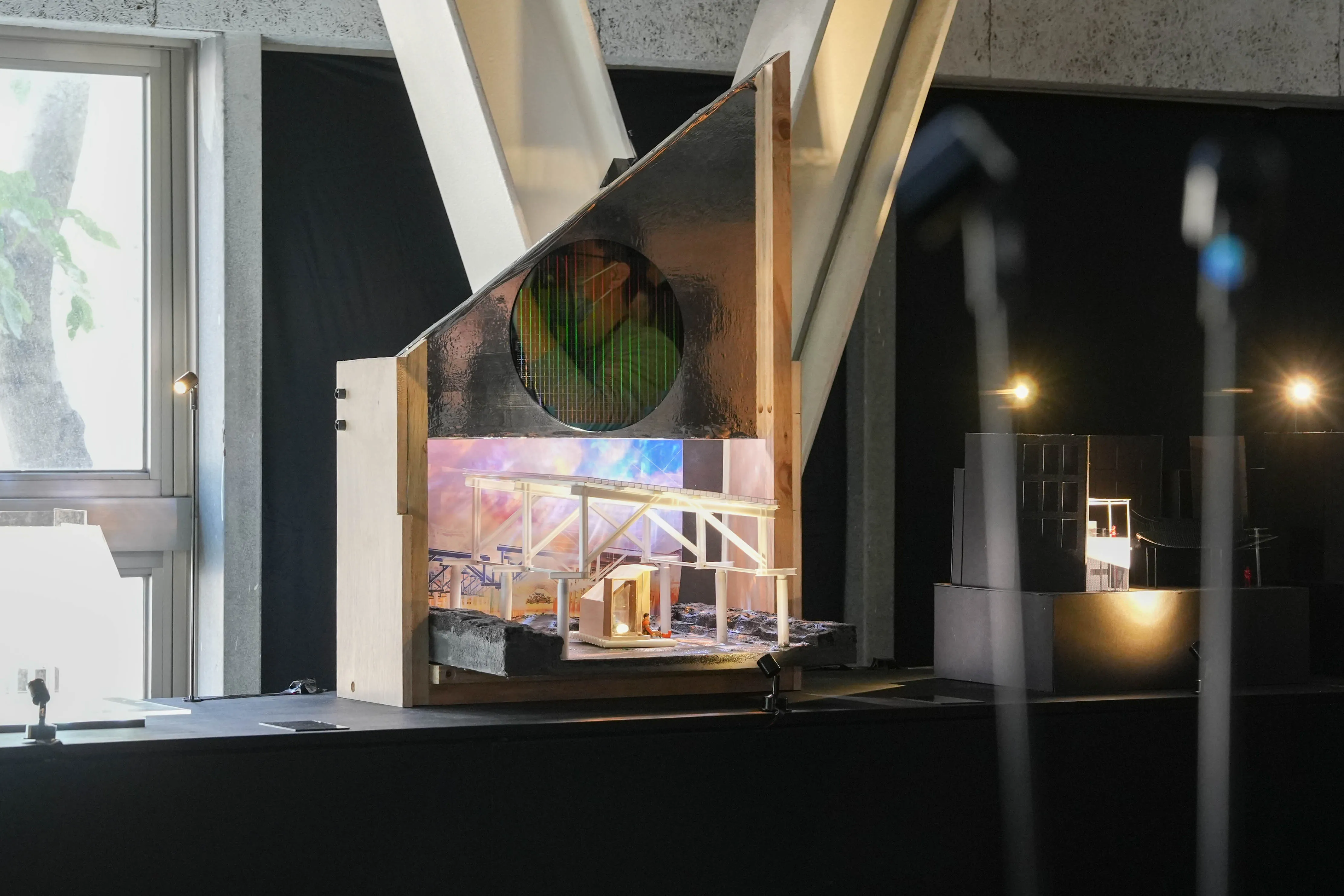
#Fishery and Electricity Symbiosis
#Floating Lifestyle
#Environmental Sustainability
#Energy Efficiency
#Aquaculture Upgrading
Exhitbitor
Shih-Cheng YANG
Exhibition Team
IHES Design
Team Member
Yen-Chih CHEN,
Chen-Yu LIU,
Trung HOANG,
Ching-Yuan KAO ,
Zhi-Xuan SU,
Ting-Wei CHING,
Kuan-Chen LEE,
Hsin-Jung WANG,
Zhe-Yi LI
View the Printed Edition (PDF)
Fishery and Electricity Symbiosis and Traditional Industries
This project focuses on the “fishery and electricity symbiosis” model in Qigu District, Tainan City, responding to the decline of traditional aquaculture. Located on Taiwan’s southwestern coast, Qigu is known for its tidal flats, sandbanks, and lagoons, which support endangered species like the blackfaced spoonbill. In response, the introduction of photovoltaic green energy, like the Tainan Qigu Solar Farm, has promoted a hybrid model combining fishery and energy production, revitalizing the region’s economy. This study explores the environmental and social impacts of this model, focusing on innovative floating micro-housing units for fishermen. Using cross-laminated timber (CLT) and existing solar infrastructure, these units create energy-efficient living spaces that integrate energy, water, and climate control systems.
This research aims to assess the sustainability of this model, evaluating its benefits in resource efficiency, habitat conservation, and enhancing coastal communities’ economic resilience in Taiwan.




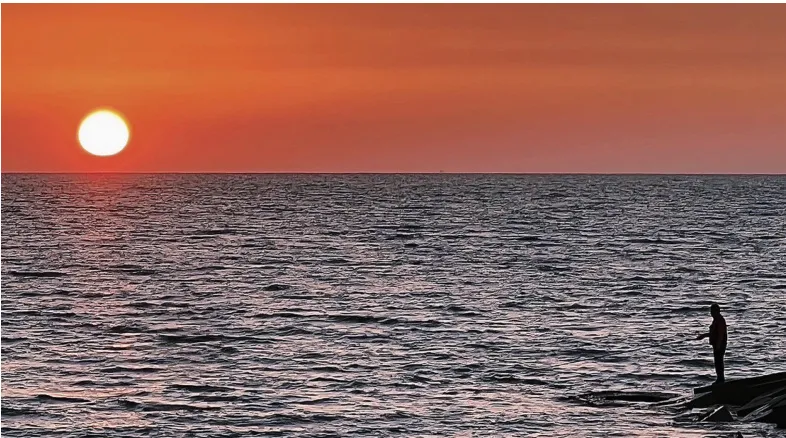
This is where we grew up, and these inner seas have nurtured us.
Space and Environmental Systems
The semi-outdoor aquaculture environment reduces labor and promotes industrial upgrading, while increasing farmers’ income through energy generation, benefiting both fisheries and electricity.
This micro-housing unit combines work and living in a floating lifestyle. Using solar panels and power systems, it provides shading and energy, creating a comfortable semi-outdoor space in a CLT-built floating house with an energy-efficient design.
Electricity, water systems, and the house are integrated with a smart management system, ensuring high energy efficiency. Cool air flows from the pond, hot air exits through high windows, and the house is buoyed by pontoons above the pond, with a self-sustaining water management system.
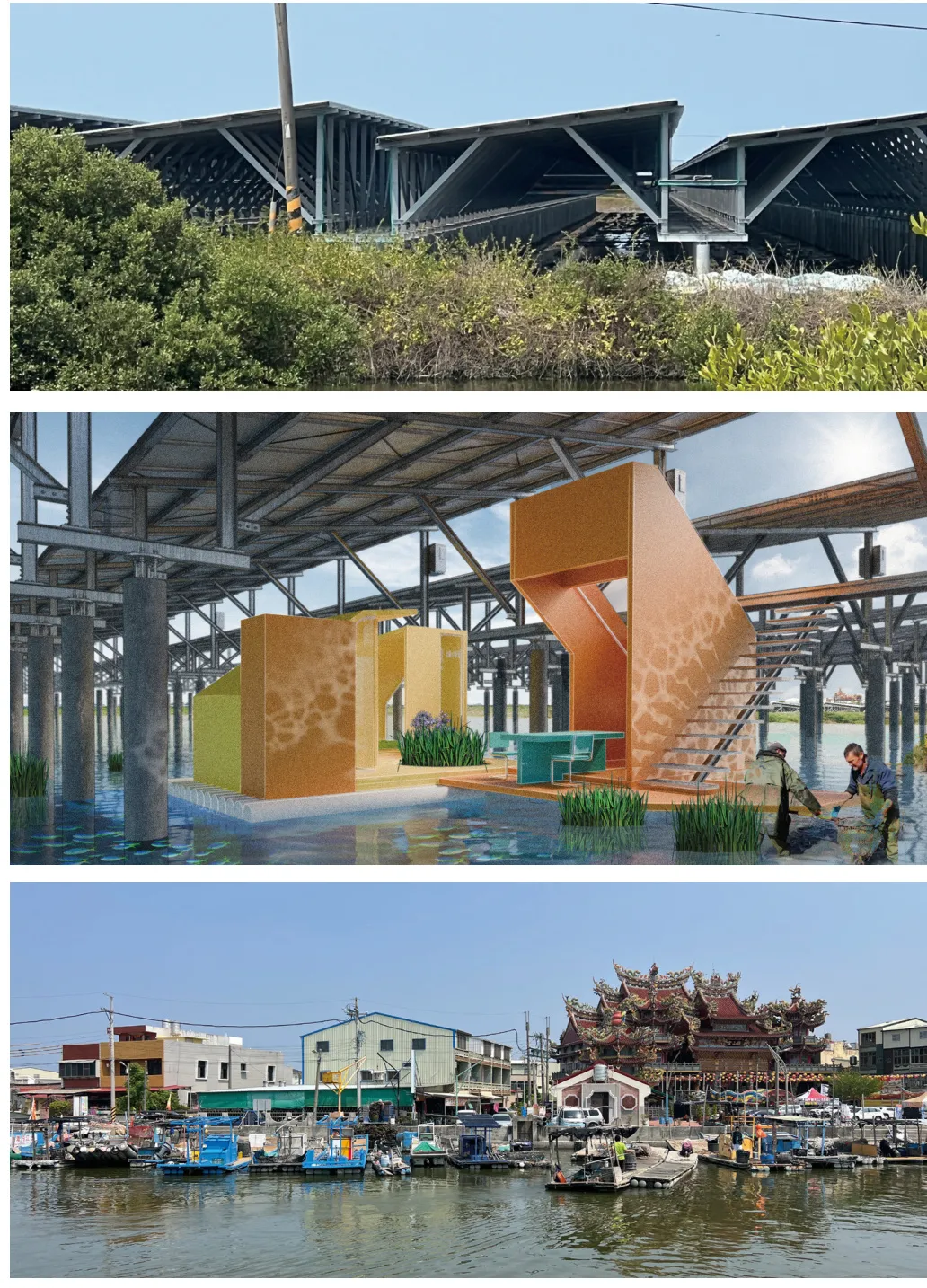


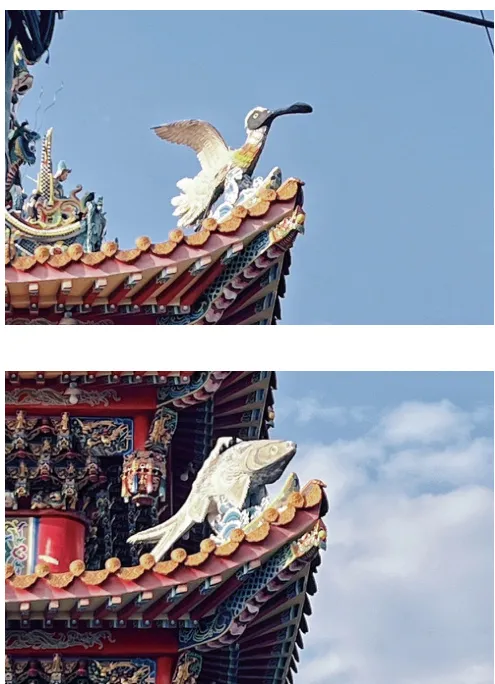
Flipped Imagination
This design offers a vision of free living through flip-able walls and sliding furniture. When the dining table and chairs slide out, they form a semioutdoor space where the couple can dine above the vast fishpond, enjoying the unique natural scenery and experiencing an intimate connection with nature in a floating living environment.
This floating house enhances convenience and efficiency for fishermen. With the support of current energy policies, it upgrades traditional aquaculture into a hybrid model combining living and working while managing energy through solar power and other energy-saving methods.
We hope this project continues to develop, transforming traditional fishing methods and promoting the economic transformation of local communities.
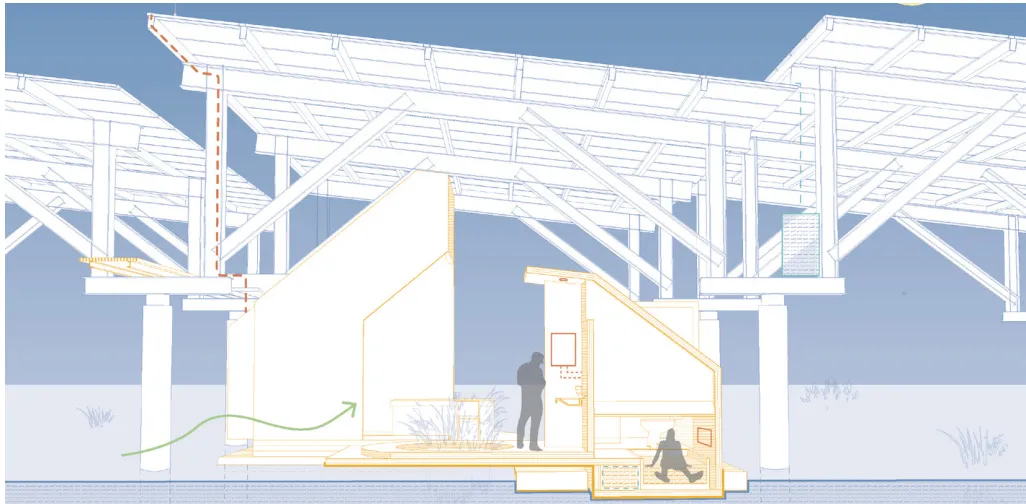
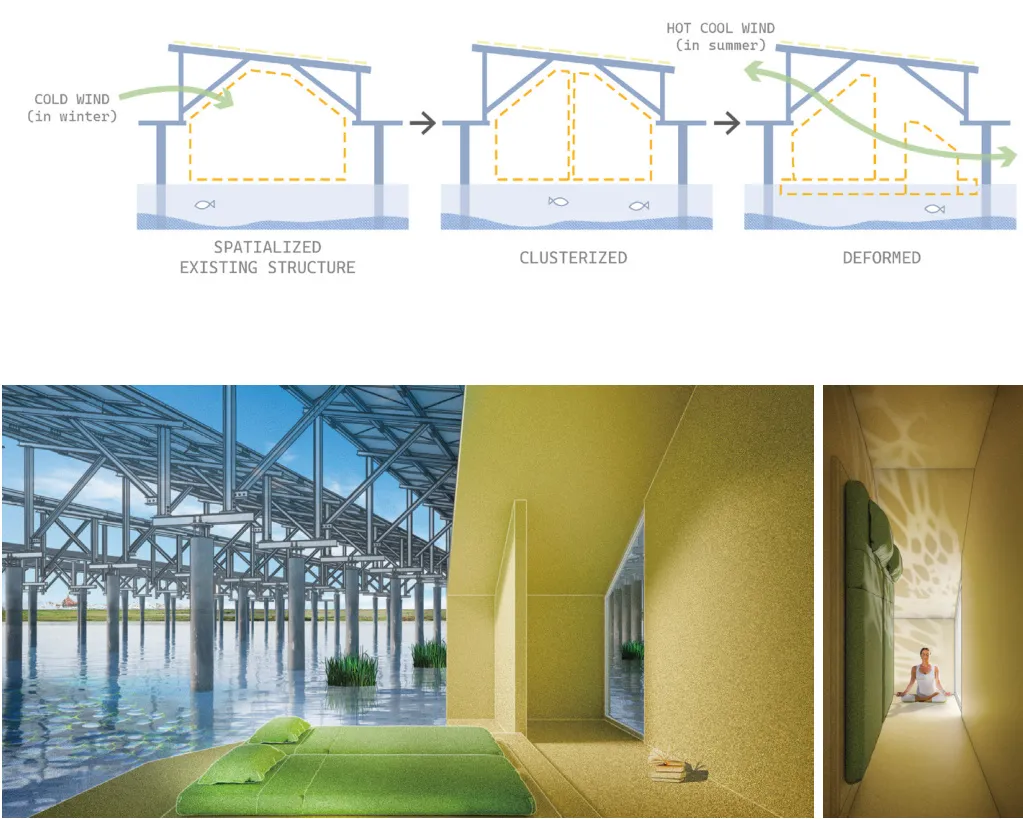


This place where the land meets the sea, shaped by the scorching sun and howling winds, is home to both the natural beauty of aquaculture and lagoons, and the clean energy harnessed from high-tech photovoltaic solar power. Though these elements may seem contradictory, they are bound together by the enduring faith of the people of Qigu in respecting nature’s will, along with their resilient and free-spirited nature.

Fishery-based



Enhanced by green energy



Sustainable development



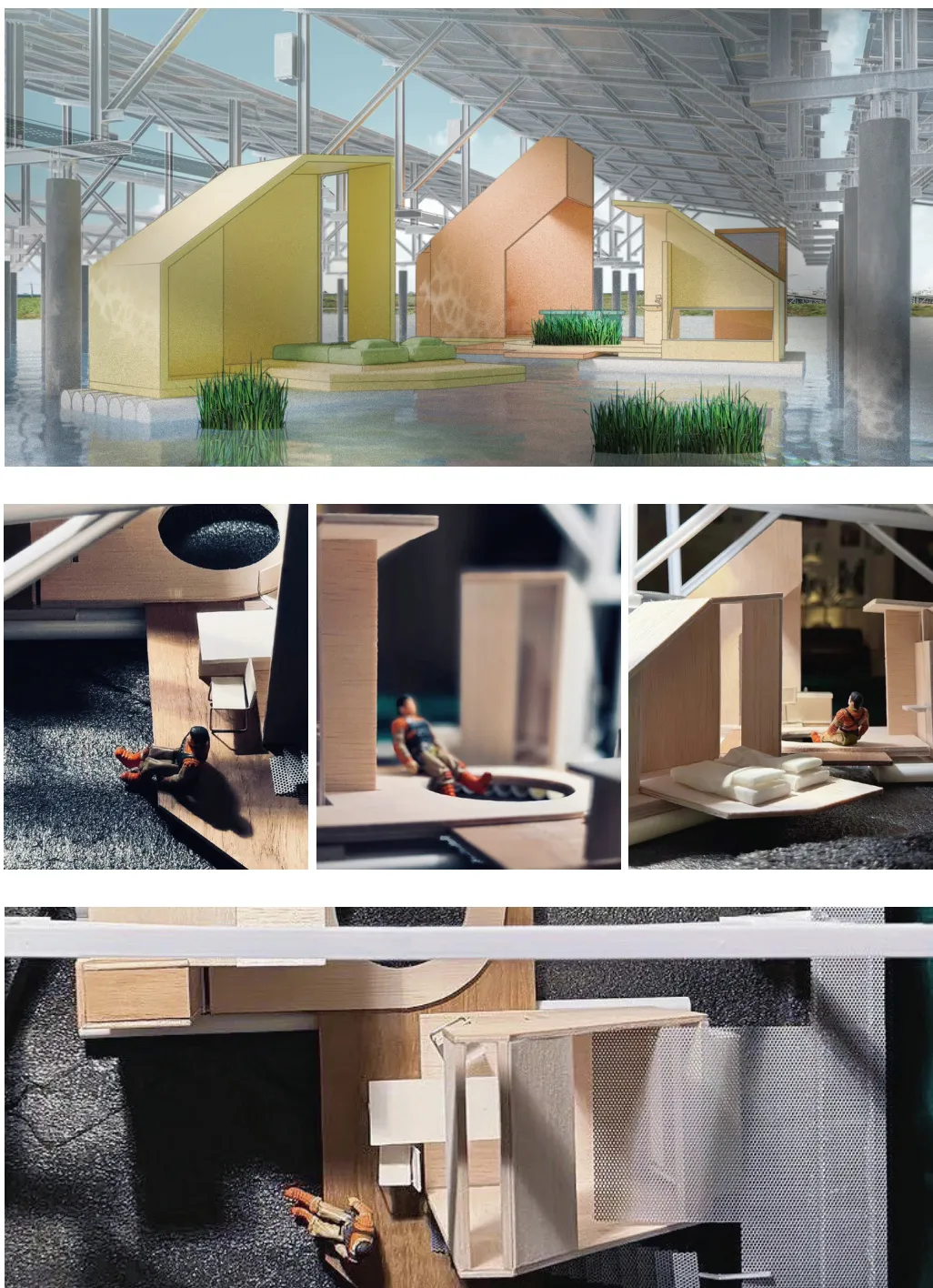
Inspiration emerges in gazing upon the views of the Longshan Temple guarding the village, along with the seafood restaurants by the fish ponds, the mysterious floating KTV, motorcycles adorned with fishing rods, the intense sunlight, the cold wind, and the migratory birds drifting freely—floating, wandering.
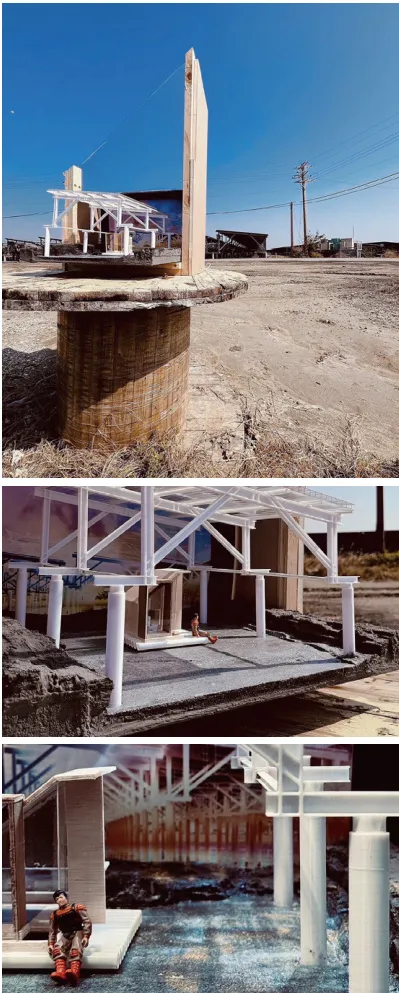
“In a world full of complexity and contradictions, architecture should offer a return to simplicity, where life flows with ease and spontaneity.”
